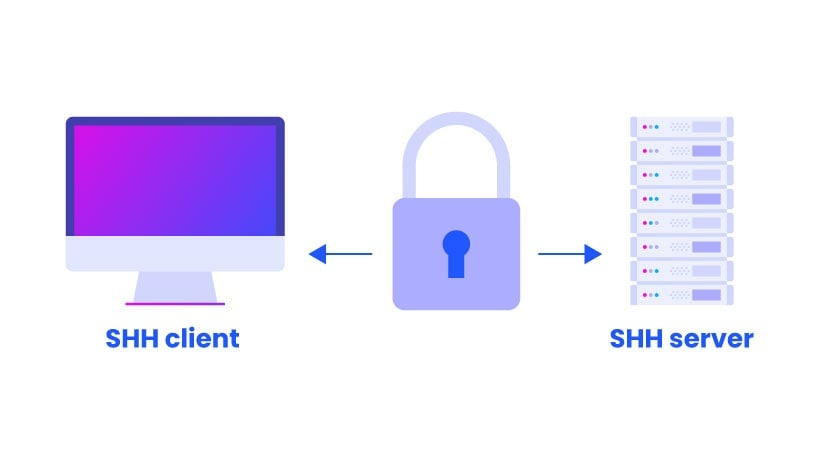In an era where data is the lifeblood of the digital world, ensuring its security during transmission is paramount. Secure Shell (SSH) has emerged as a foundational technology that enables secure data sharing and remote access across the internet. In this top-down introduction, we will explore SSH from the broader concept of secure data sharing down to its inner workings.
Secure Data Sharing: The Need
Imagine a world without secure data-sharing mechanisms. In such a world, sensitive information would be transmitted in plaintext, vulnerable to eavesdropping by cybercriminals and other malicious actors. Passwords, financial data, and personal communications—all would be exposed to potential threats. This is where SSH steps in to provide a secure pathway for data sharing.
What is SSH?
SSH, or Secure Shell, is a network protocol that allows secure, encrypted communication between two computers over an untrusted network, such as the Internet. At its core, SSH accomplishes three essential objectives:
Encryption: SSH encrypts all data exchanged between the client and server. This encryption ensures that even if a third party intercepts the data, they cannot decipher its contents, guaranteeing the confidentiality of the information being transmitted.
Authentication: SSH employs strong authentication methods to verify the identities of both the client and the server. This includes username and password authentication, as well as the more secure option of public key authentication. This robust authentication ensures that unauthorized access is exceedingly difficult.
Secure Tunnels: SSH can create secure tunnels or pathways through which data can flow. These tunnels are particularly valuable for securely accessing services on a remote network or transferring files between systems. By encapsulating data in these secure tunnels, SSH protects it from prying eyes.

How SSH Enables Secure Data Sharing
To understand how SSH enables secure data sharing, let's consider a scenario:
Scenario: You need to access a remote server securely to transfer sensitive files.
1. Secure Connection Establishment: When you initiate an SSH session, the client and server engage in a handshake process that establishes a secure connection. This process involves cryptographic algorithms to ensure secure communication.
2. Authentication: SSH ensures that the client and server are who they claim to be. This can be achieved using a username and password or, more securely, with public key authentication. This step prevents unauthorized access.
3. Encryption: Once the connection is established and authenticated, all data exchanged between the client and server is encrypted. This encryption protects data from being intercepted and read by malicious entities.
4. Secure File Transfer: If your goal is secure file sharing, SSH offers tools like SCP (Secure Copy Protocol) and SFTP (SSH File Transfer Protocol) to transfer files safely between systems. These tools maintain the encryption and authentication mechanisms throughout the file transfer process.
5. Secure Shell Access: If you need remote shell access to a server, SSH provides a secure environment for command-line interaction. This is crucial for system administrators who manage servers remotely.

Conclusion
Secure Shell (SSH) serves as a critical enabler of secure data sharing in today's digital landscape. Its robust encryption, authentication, and secure tunnelling capabilities make it a linchpin technology for protecting sensitive information during transmission. Whether you are a system administrator managing remote servers or an individual concerned with your online privacy, SSH provides the means to share data confidently, knowing that your information is shielded from unauthorized access and eavesdropping. As we continue to rely on the internet for communication and collaboration, SSH's role in securing our digital interactions remains essential.